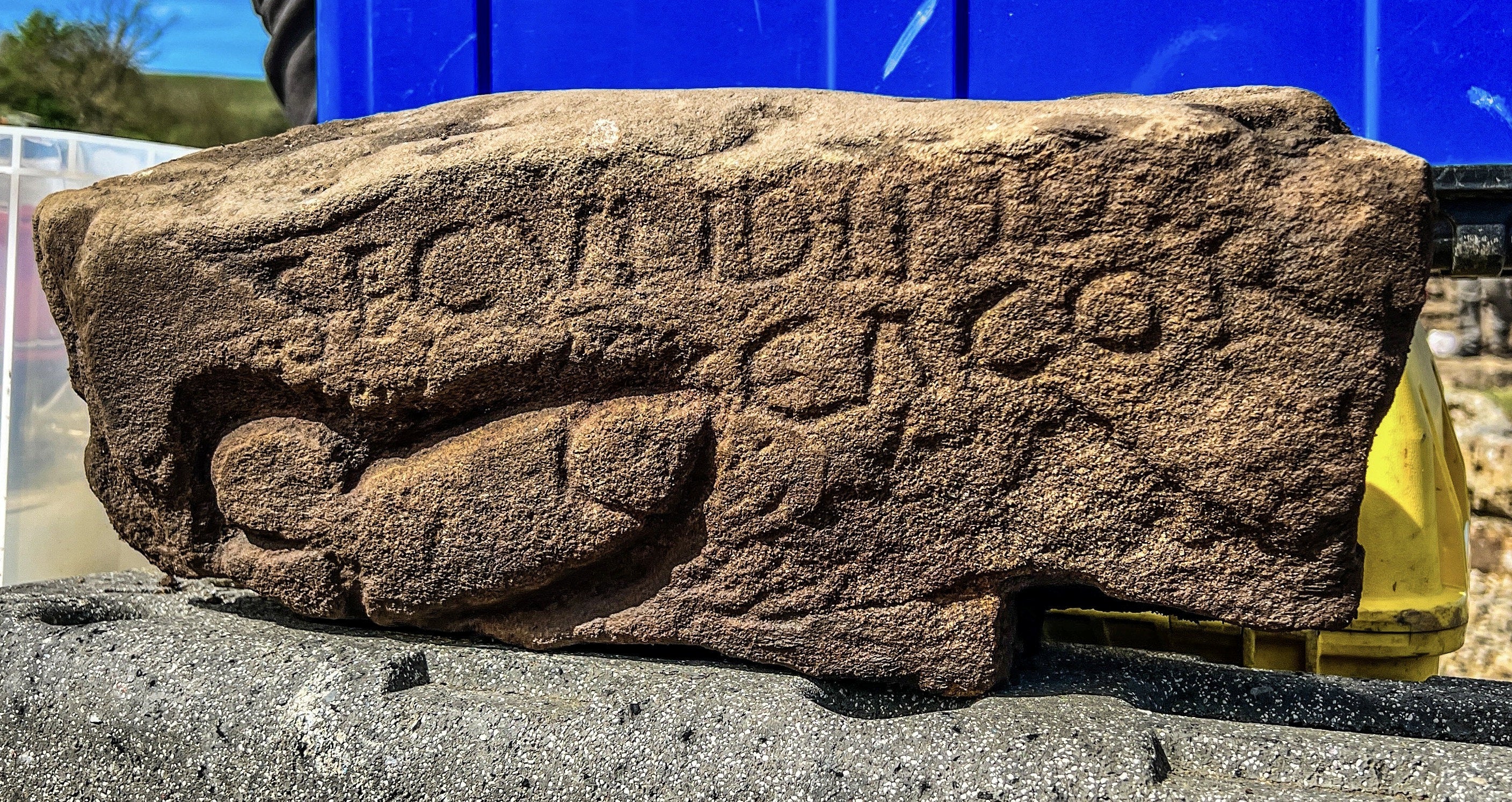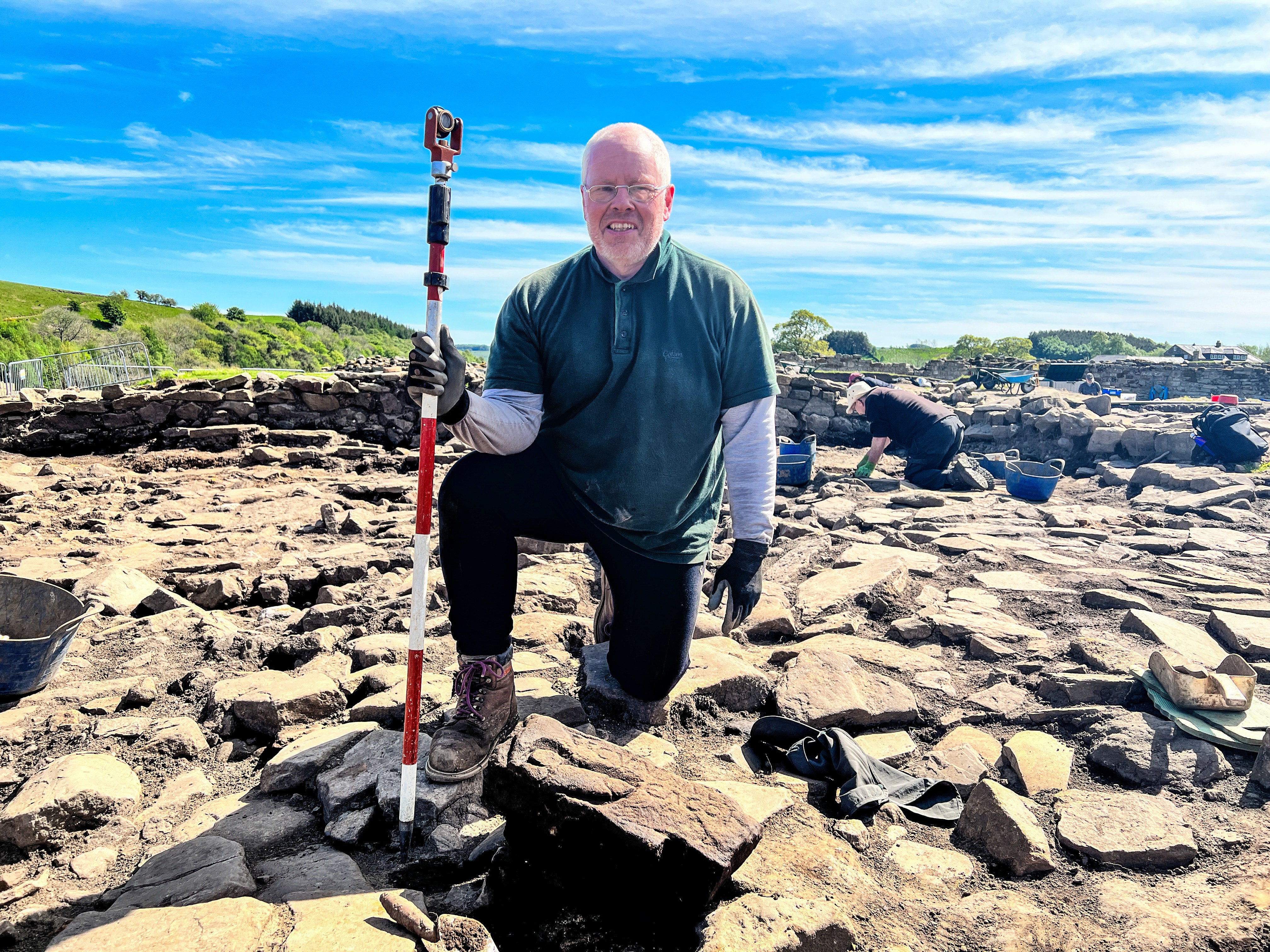Hapless Roman soldier labelled a ‘s****er’ in ancient phallic graffiti
Specialists in Roman epigraphy recognise engraving as mangled version of ‘Secundinus cacator’

Your support helps us to tell the story
From reproductive rights to climate change to Big Tech, The Independent is on the ground when the story is developing. Whether it's investigating the financials of Elon Musk's pro-Trump PAC or producing our latest documentary, 'The A Word', which shines a light on the American women fighting for reproductive rights, we know how important it is to parse out the facts from the messaging.
At such a critical moment in US history, we need reporters on the ground. Your donation allows us to keep sending journalists to speak to both sides of the story.
The Independent is trusted by Americans across the entire political spectrum. And unlike many other quality news outlets, we choose not to lock Americans out of our reporting and analysis with paywalls. We believe quality journalism should be available to everyone, paid for by those who can afford it.
Your support makes all the difference.Rude graffiti carved into stone branding a Roman soldier a “s***ter” has been unearthed at Hadrian’s Wall, 1,700 years after it was written.
The phallic engraving was discovered at Vindolanda, a fort and settlement near the iconic Sycamore Gap of the famous Northumberland structure.
The stone bore the image of a large phallus next to the name of a Roman soldier and the word “Cacor”, which is Latin for “s****er”.
Retired biochemist Dylan Herbert, from south Wales, made the discovery on 19 May during his second week as a volunteer excavator.
He said: “I’d been removing a lot of rubble all week and to be honest this stone had been getting in my way, I was glad when I was told I could take it out of the trench.”
He added: “It looked from the back like all the others, a very ordinary stone, but when I turned it over, I was startled to see some clear letters.
“Only after we removed the mud did I realise the full extent of what I’d uncovered, and I was absolutely delighted.”
The face of the stone measured 40cm wide by 15cm tall and was engraved with the swear words “Secvndinvs Cacor”.

Alexander Meyer, Alex Mullen, and Roger Tomlin, all specialists in Roman epigraphy, recognised it as a mangled version of “Secundinus cacator”, meaning “Secundinus, the s****er”.
Dr Andrew Birley, Director of Excavations and CEO of the Vindolanda Trust, said: “The recovery of an inscription, a direct message from the past, is always a great event on a Roman excavation, but this one really raised our eyebrows when we deciphered the message on the stone.”
He added: “Its author clearly had a big problem with Secundinus and was confident enough to announce their thoughts publicly on a stone.
“I have no doubt that Secundinus would have been less than amused to see this when he was wandering around the site over 1,700 years ago.”
SWNS



Join our commenting forum
Join thought-provoking conversations, follow other Independent readers and see their replies
Comments